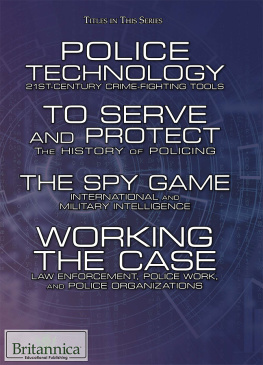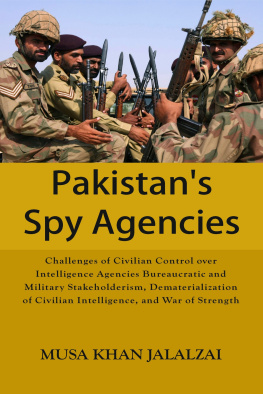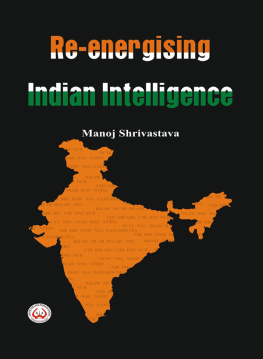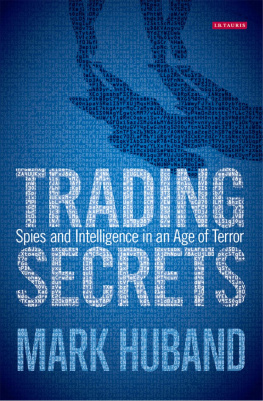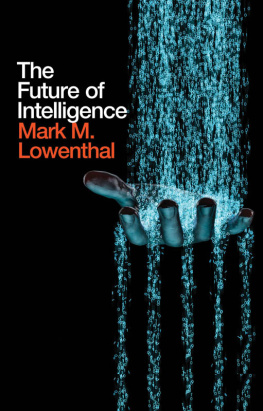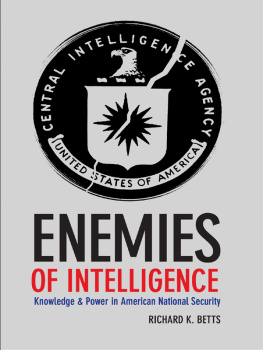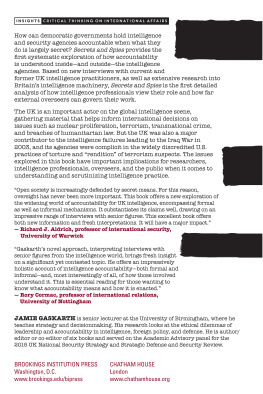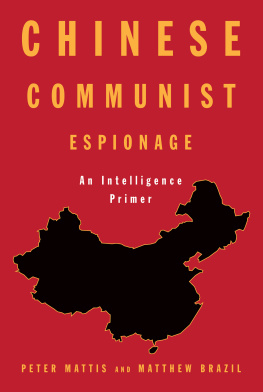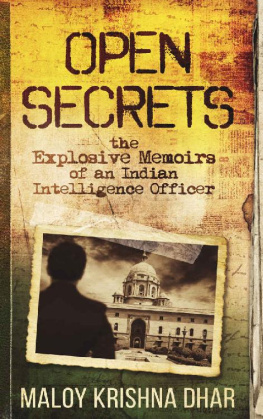The War That Made R&AW
Anusha Nandakumar is an independent film-maker and a graduate in film direction and screenplay writing from the Satyajit Ray Film and Television Institute, Kolkata.
She is one of the founders and producers of Bharatiya Digital PartyBhaDiPaa Marathi entertainment YouTube channel.
Anusha has directed a comedy series called Pandu for MX Player and is currently working on her upcoming series, Radical , for Endemol Shine.
Her documentary film, The Boxing Ladies, won the National Film Award in 2010 and her short films have been screened at various national and international film festivals.
Anusha and Sandeep Saket are the creators and writers of an untitled thriller series for Amazon Prime to be directed by Rohit Shetty.
The War That Made R&AW is her first book.
Sandeep Saket has been working in the Mumbai film and television industry for more than ten years. He graduated in film direction and screenplay writing from the Satyajit Ray Film and Television Institute (SRFTI). His films, made as part of the curriculum at SRFTI, have been screened at various festivals including Belgrade (Serbia), Mumbai International Film Festival, Kolkata International Film Festival, International Film Festival of India in Goa, Twilight International Films Festival and Osians Cinefan.
He has written the Hindi feature film Saat Uchakke , the series Dilliwood on MensXP, and is working on series that are in development for various OTT platforms.
The War That Made R&AW is his first book.
First published by Westland Publications Private Limited, in association with Golden Pen, in 2021
1st Floor, A Block, East Wing, Plot No. 40, SP Infocity, Dr MGR Salai, Perungudi, Kandanchavadi, Chennai 600096
Westland and the Westland logo are the trademarks of Westland Publications Private Limited, or its affiliates.
Copyright Anusha Nandakumar and Sandeep Saket, 2021
ISBN: 9789389152579
The views and opinions expressed in this work are the authors own and the facts are as reported by them, and the publisher is in no way liable for the same.
All rights reserved
No part of this book may be reproduced, or stored in a retrieval system, or transmitted in any form or by any means, electronic, mechanical, photocopying, recording, or otherwise, without express written permission of the publisher.
J AMES B OND IS undoubtedly the most famous fictional secret agent in history. The swashbuckling, glamour-oozing, martini-drinking British spy has made the art of espionage look very easy and very sexy.
Rameshwar Nath Kao, the great Indian spymaster, was as far a cry from the flamboyant Agent 007 as was possible. He lived in the shadows and operated stealthily from them. He knew that, in real life, the worst thing that could happen to a spy, was the revelation of his true identity.
Kao was a visionary who singlehandedly put Indian Intelligence on the world map. It is said that he was a man of few words and someone who preferred to let his work speak for him. The life of a spy is to know and not to be known, was a simple adage of espionage tradecraft that Kao preached all his life. It was this philosophy that helped him lay the foundation stones of Indias modern external Intelligence-gathering unit, the Research and Analysis Wing (R&AW), in 1968.
He is the father of modern Indian espionage, and this is the story of how he helped India liberate Bangladesh.
Kaos acumen as an Intelligencer first came into the limelight with the Kashmir Princess probe in 1955.
On 11 April 1955, a chartered Air India plane named Kashmir Princess was on the tarmac of Hong Kong airport, waiting for the arrival of its last passenger. At the scheduled departure time, Captain D.K. Jatar was informed over radio that the VIP passenger had cancelled at the last minute. He was asked to proceed as planned.
Brief pre-flight checks in place, the Kashmir Princess was airborne in about ten minutes.
The plane that Jatar was flying was an American-made Lockheed L-749 Constellation aircraft. Its destination was Jakarta, Indonesia. In addition to the captain, there were seven crew members on the flight. Of the eleven passengers on board, most were Chinese delegates on their way to attend the Bandung Conference. Indias first prime minister, Jawaharlal Nehru, along with Indonesian president Sukarno, had initiated this grouping of newly independent Asian and African nations in Bandung. It was to be a precursor to the Non-Aligned Movement, a forum where leaders of the newly formed countries of the developing world were going to pledge to guard their independence. They would steer clear of any allegiance to either of the warring superpowersthe United States and the Soviet Union.
The plane was five hours into its journey and 125 kilometres from the nearest airport when an explosion rocked the cockpit.
The crew members, Indians, barely had a second to react when they saw flames coming out of one of the planes engines. The pilot noticed that the sign for the fire warning in the baggage compartment had turned on. The aircraft was on fire, the engines were shutting down, and the plane had started a rapid downward spiral. Screams filled the passenger cabin of the aircraft.
Even amidst the chaos, the pilots knew that this was no time to panic. There were lives to be saved. The first thing that the captain did was to send out a distress signal, disclosing the aircrafts current position over the Natuna Islands in the South China Sea. Next, he pushed the throttle and pointed the planes nose downwards, just as the radio stopped working and the electrical systems started failing. Turning back was not an option and directing the plane into the sea seemed like the best bet to save the passengers. The descent began, and it seemed that they would, after all, be able to save themselves.
However, the fire spread rapidly to the aircrafts critical systems before they hit the water, and the plane exploded mid-air. Blazing, the Kashmir Princess crashed into the sea. Of the nineteen people on board, only three crew members managed to survive.
China and India reacted with horror to the news. But the leaders of both countries had the same thought: Zhou Enlai, the first premier of the Peoples Republic of China, would be dead right now if circumstances had been different.
Enlai was the VIP passenger scheduled to be on the plane. A last-minute change of plans due to a medical emergency had saved his life.
The first Chinese radio broadcast after the incident said: Sabotage. There was every reason to suspect that this was an attempt to subvert the fledgling IndiaChina relationship. Premier Enlai turned to Nehru for assistance, insisting that India become a part of the investigation.
In the 1950s, Chinas relationship with Hong Kong, still a British colony, was tumultuous. Enlai did not trust the British, and his distrust extended to Hong Kong Intelligence. Since the plane had taken off from Hong Kong, Enlai strongly believed that Hong Kong and Britain were tied into the conspiracy.
Apart from the close relationship that the two leaders shared, Nehru felt that India was obligated to step in. The aircraft as well as the crew in question were Indian, and thus, there was more at stake for India in this matter than a political friendship.



